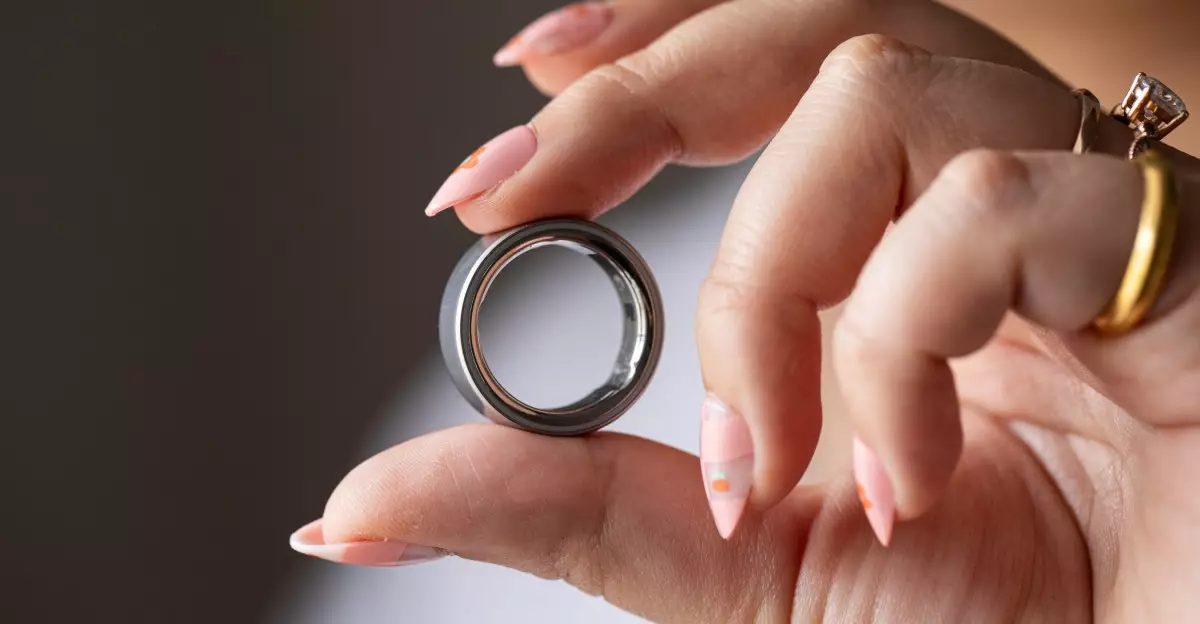In today’s rapidly evolving tech landscape, smartwatches have transcended their initial role as mere notification devices and emerged as vital health companions. They blend style, functionality, and health tracking into a seamless package that appeals to fitness enthusiasts and casual users alike. Though prices may seem steep, sale events like Amazon Prime Day redefine accessibility, offering unprecedented discounts that make these devices increasingly irresistible. This shift is more than just a bargain hunt; it signifies a fundamental change in how we approach health, connectivity, and daily convenience. The era of wearables isn’t coming—it’s here, and it’s more powerful than ever.
The pinnacle among high-end options like the Apple Watch Series 10 and the new Google Pixel Watch 3 demonstrates that premium features are now within reach. Apple’s latest iteration boasts a larger, brighter display that enhances visibility and user interaction without increasing weight or bulk. Faster charging and an array of fitness capabilities ensure it remains a top choice for tech-savvy health-conscious consumers. Meanwhile, Google’s Pixel Watch 3 continues to push boundaries with its larger screen, enhanced GPS, and offline mapping, creating a more intuitive experience tailored for active users. These devices embody what a modern smartwatch should be: sophisticated, versatile, and deeply integrated into an ecosystem that keeps pace with our busy lives.
However, true value often lies beyond the flagship flagships. Devices such as the Amazfit Active 2 and Fitbit Charge 6 exemplify this. The Amazfit Active 2, despite its reasonable price, is loaded with advanced health metrics, including GPS and AI chatbots, providing excellent insights for those who want more than basic activity tracking. Similarly, the Fitbit Charge 6 introduces innovative features like turn-by-turn navigation and broadcasting heart rate, making it a practical companion for workouts and daily routines. These options challenge the notion that premium health tracking is reserved for the most expensive gear, proving that affordability and functionality can go hand in hand.
Smart Rings and Specialized Devices: A New Frontier
While smartwatches dominate attention, emerging wearable formats such as smart rings are beginning to carve out their niche. Samsung’s Galaxy Ring exemplifies this trend, offering long battery life and a subscription-free experience, perfect for those seeking a minimalistic yet effective health monitor. Priced competitively at $299.99, it broadens access for users who want discreet, continuous health insights without the bulk of a watch. This miniaturization indicates a shift toward more specialized wearables that focus on specific needs—like sleep tracking, stress monitoring, or long-term health trends—going beyond the traditional wrist-based approach.
The Oura Ring 4 and the Garmin Lily 2 further explore this frontier, emphasizing accuracy, design, and ease of use. The Oura Ring’s AI-powered tools and extended battery life exemplify how wearables can leverage advanced technology to deliver deeper health insights. Simultaneously, the Garmin Lily 2 provides a simplified experience catering to casual users who seek essential health tracking without overwhelming features. These devices highlight a future where personalized, unobtrusive health management becomes accessible to more people, empowering healthier lifestyles subtly yet effectively.
From Fitness Fanatics to Everyday Users: Excellence for All
The diversity of devices on sale underscores a clear trend: wearables are no longer niche tools for fitness geeks but essential accessories for everyday life. The Samsung Galaxy Watch 7, available for just under $250 in LTE configuration, demonstrates that feature-rich, stylish smartwatches can come at a fraction of their previous prices. Similarly, the Garmin Venu Sq 2 offers a compelling alternative to more premium Fitbit models, with enhanced fitness features and no subscription required. For casual users, the Fitbit Inspire 3 delivers essential health insights with a minimalistic design and an OLED display, proving that simplicity doesn’t have to mean sacrificing functionality.
This expanding market signifies a democratization of health technology. Devices that once seemed exclusive or prohibitively expensive are now within reach, thanks to strategic sales and price reductions. This accessibility encourages more individuals to adopt wearable technology, making health monitoring a routine part of daily life rather than an occasional luxury. The question isn’t whether you should get a smartwatch—it’s which device best aligns with your lifestyle and budget, and how it can revolutionize your approach to wellness and connectivity.
In embracing these devices, users are not just tracking steps or heart rate; they’re gaining tools for self-improvement, early detection of potential health issues, and effortless integration into their digital ecosystems. As wearables continue to evolve, the line between technology and wellness blurs, promising a future where health insights are seamless, less obtrusive, and incredibly empowering.
In essence, now is the perfect moment to rethink what a smartwatch can do for you—this is the dawn of smarter, healthier living, and the best deals are proving that it’s accessible to everyone willing to take the leap.

